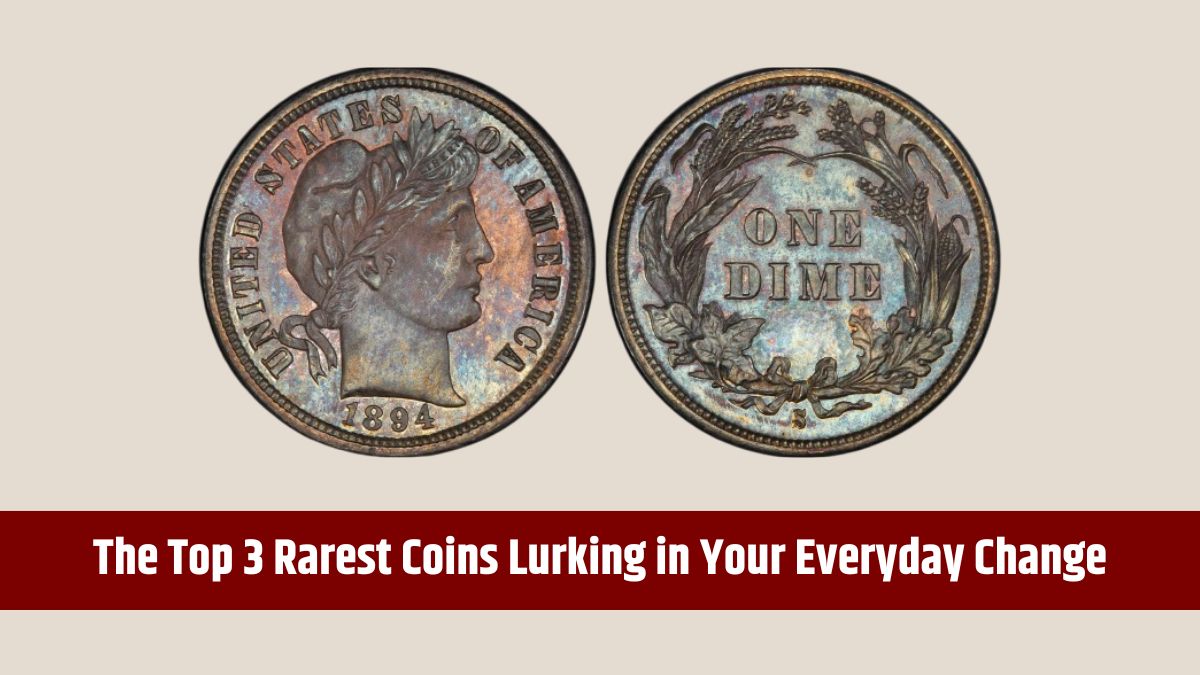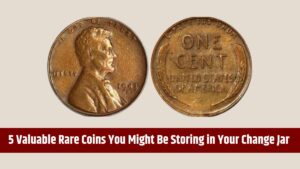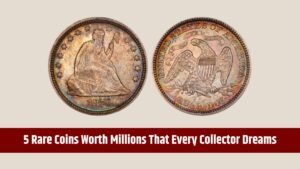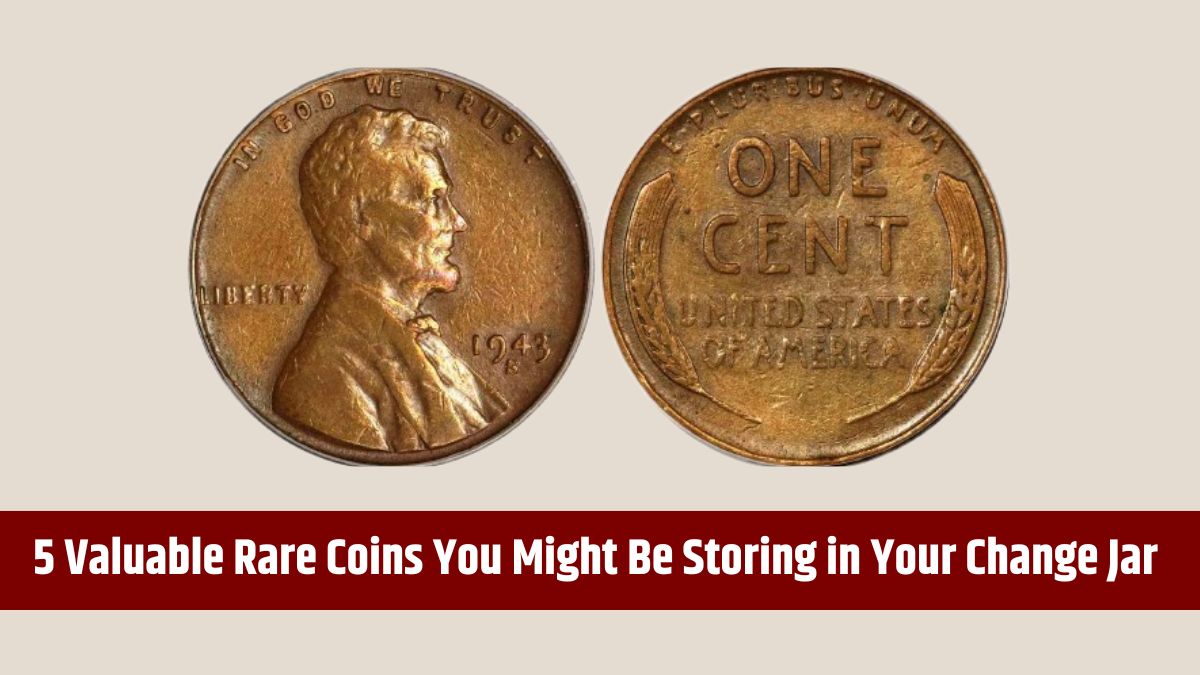Imagine casually checking your pocket change and stumbling upon a coin worth millions! It sounds like a dream, but in the world of numismatics, it happens more often than you’d think.
Some rare coins, including dimes and even a Bicentennial Quarter, have shocked collectors with their astronomical values. Let’s take a closer look at these extraordinary finds and what makes them so valuable.
Mercury
The 1916-D Mercury Dime is a legend in the world of rare coins. This small but mighty dime was minted in Denver and had an extremely low production run of only 264,000 pieces. Designed by Adolph Weinman, it features a winged Liberty head, often mistaken for the Roman god Mercury—hence its nickname.
What makes this coin so valuable? Simply put, scarcity and demand. Collectors are willing to pay thousands, even hundreds of thousands, for a well-preserved 1916-D Mercury Dime.
If you ever come across one, check the mintmark on the reverse side, just below the wreath—if you see a small “D,” you might be holding a fortune in your hand!
Barber
The 1894-S Barber Dime is another unicorn in the numismatic world. Minted in San Francisco, only 24 of these dimes were ever produced, and just around 9 are known to exist today. This makes it one of the rarest and most valuable coins ever.
Stories about why so few were made vary, but one theory suggests that they were specially minted for banker friends of the mint superintendent. Whatever the reason, an 1894-S Barber Dime in pristine condition has sold for over $2 million! It’s unlikely to find one in circulation, but if you ever inherit old coins, check carefully—you never know what you might find.
Bicentennial
The Bicentennial Quarter, minted in 1976, is one of the most fascinating coins in U.S. history. Most people have seen this coin, which features a special reverse design with a drummer boy and was released to celebrate America’s 200th birthday.
However, there’s a rare version of this quarter that is rumored to be worth a jaw-dropping $15 million! What makes it special? Some were mistakenly struck on silver planchets instead of copper-nickel.
Others have errors or unique characteristics that drive their value through the roof. While most Bicentennial Quarters are worth just 25 cents, a rare one in mint condition could be worth life-changing money.
Checking
So, how can you spot one of these rare treasures? Here are a few tips:
| Coin | Mint Mark | Estimated Value |
|---|---|---|
| 1916-D Mercury Dime | D (Denver) | Up to $250,000 |
| 1894-S Barber Dime | S (San Francisco) | Over $2 million |
| Rare Bicentennial Quarter | Various (errors, silver) | Up to $15 million |
To check your coins:
- Look for mint marks – These are small letters indicating where the coin was minted.
- Check the year – If you see 1916 (for the Mercury Dime), 1894 (for the Barber Dime), or 1976 (for the Bicentennial Quarter), inspect further.
- Examine the condition – Coins in better condition are always worth more.
- Weigh your quarters – If your Bicentennial Quarter is heavier than normal, it could be silver.
The thrill of numismatics lies in the possibility of finding a hidden treasure in your everyday change. Whether it’s the legendary 1916-D Mercury Dime, the elusive 1894-S Barber Dime, or the rare Bicentennial Quarter, these coins prove that small change can sometimes be worth a fortune.
So, next time you get a handful of coins, take a closer look—you might just be holding history (and wealth) in your hands.
FAQs
How much is a 1916-D Mercury Dime worth?
A well-preserved one can be worth up to $250,000!
Why is the 1894-S Barber Dime so rare?
Only 24 were minted, and just a few exist today.
What makes a Bicentennial Quarter valuable?
Rare ones were struck on silver or have mint errors.
Where is the mint mark on a Mercury Dime?
Look on the reverse, just below the wreath.
Can I still find these rare coins in circulation?
It’s unlikely, but not impossible—always check your change!














